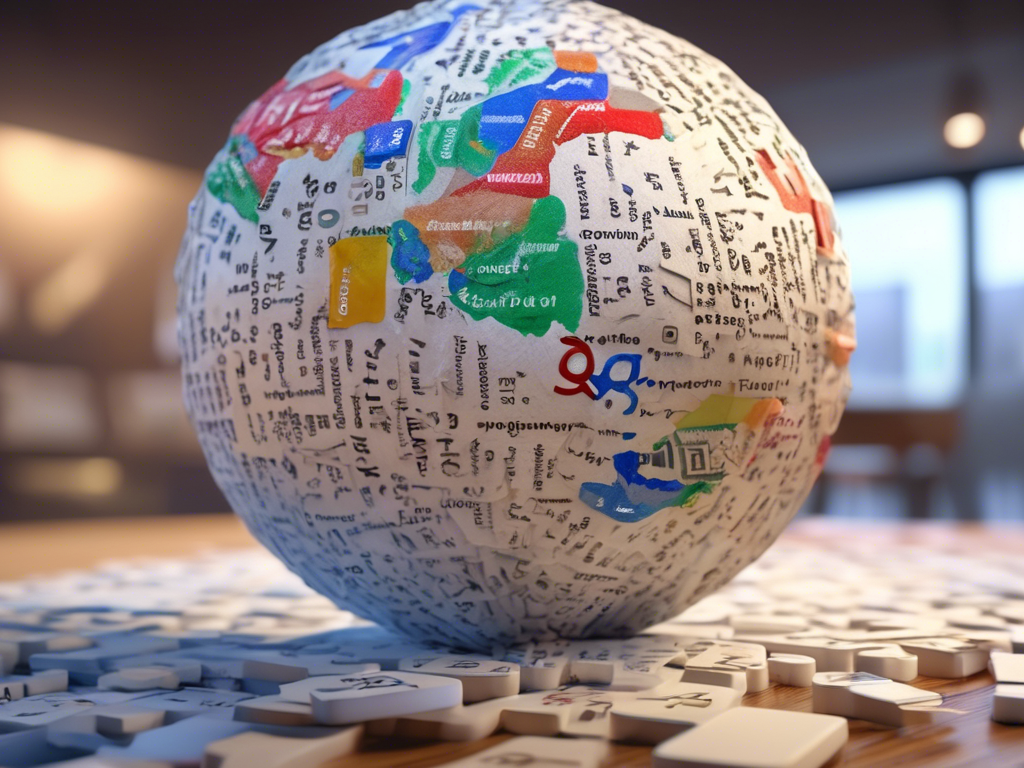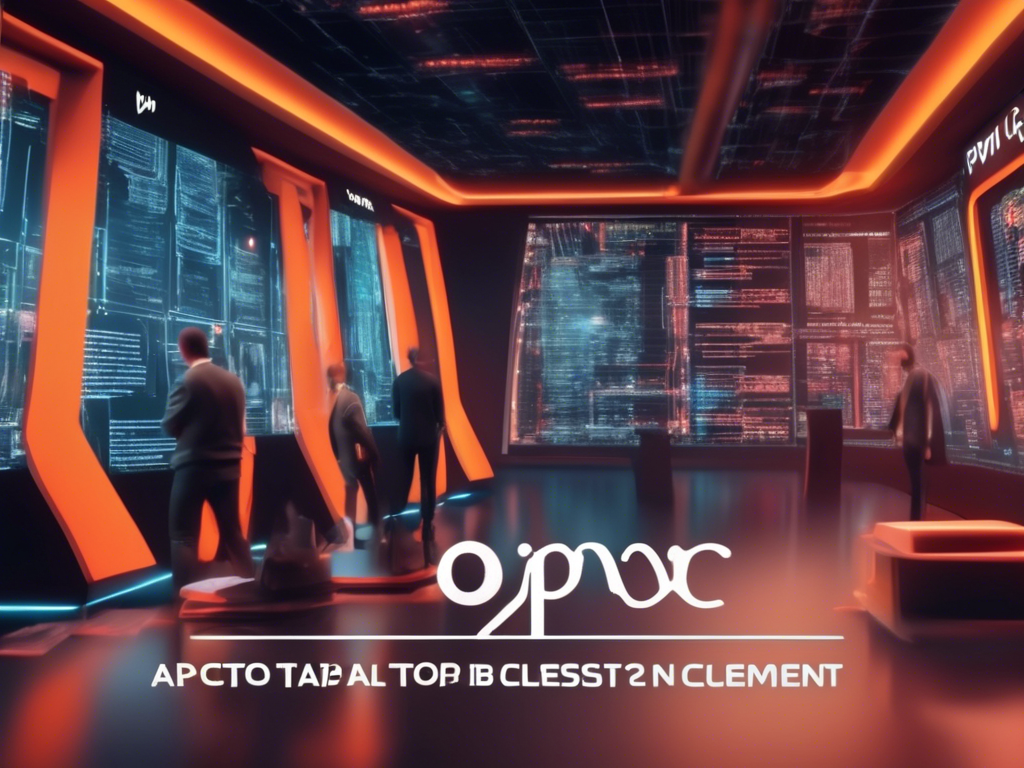Google Translate: A Deep Dive Into the Technology
Google Translate utilizes advanced neural networks to provide real-time translations for 134 languages. By harnessing the power of your phone’s camera, you can easily access this innovative technology. This approach represents a significant departure from the earlier iterations of Google Translate, which relied on basic pattern matching techniques. Over the past two decades, Google Translate has evolved into a sophisticated system that leverages neural networks to handle a multitude of languages effectively.
The Evolution of Google Translate
In its nascent stage back in 2006, Google Translate operated on a pattern recognition model. It gathered data from professional translations available online and utilized this information to decipher user-input sentences. The system would parse these sentences into familiar word chunks and combine them to generate translations. However, Google Translate has since transitioned to a more refined approach, now employing transformer models, the cornerstone of modern AI technology.
– The transformer model revolutionized how Google Translate processes language.
The transformer model converts language into numeric vectors, enabling computers to perform complex mathematical operations. Each word in every supported language undergoes transformation into a vector, facilitating mathematical manipulation. This methodology allows the system to identify relationships between words and perform calculations based on these associations. The crux of this process lies in machine learning, which draws insights from extensive datasets.
– Transformers facilitate the analysis of word relationships within a sentence.
The latest iteration of Google Translate incorporates the transformer architecture, elevating the process further. This upgraded model involves mapping the meanings of all words within a sentence onto a single table and conducting computations on this comprehensive dataset. Consequently, the system can discern not only individual word meanings but also the interconnectedness between different words in a sentence. This holistic approach significantly enhances the accuracy and efficiency of translation operations.
The Translation Process Unveiled
When translating text from one language to another, Google Translate initiates a series of intricate mathematical operations. Each word is converted into a vector, which is then consolidated into a matrix for comprehensive analysis. Through meticulous matrix multiplication, the system delineates the interactions among various words and derives a context vector, encapsulating the essence of the entire sentence. This context vector represents the crux of translation, encapsulating the intended meaning of the input text.
– Matrix multiplication is pivotal in deciphering word relationships within a sentence.
The encoder stage facilitates the generation of context vectors, symbolizing the interpreted meaning of the sentence. Following this encoding phase, the system undergoes decoding to reconfigure these numerical representations back into coherent human language. By meticulously refining these numerical values through extensive training and validation processes, engineers ensure the accuracy and reliability of the translation outcomes.
– Encoding and decoding stages are instrumental in transforming math into language.
Despite the rigorous training and testing procedures, certain linguistic nuances present challenges during translation. For languages that do not directly correlate, such as Japanese and Zulu, the system employs intermediary languages to bridge the linguistic divide. This sophisticated process underscores Google Translate’s versatility and adaptability across diverse linguistic landscapes.
Enhancing Optical Character Recognition with Transformers
Incorporating transformers has revolutionized Google Lens, the company’s visual search tool. Optical Character Recognition now leverages transformer technology to decipher text from images more effectively. By segmenting images into pixel patches or tokens, the system can discern text from various visual contexts and derive accurate translations. This enhancement augments the utility and accuracy of Google Lens, enabling users to access information seamlessly.
– Transformers optimize Optical Character Recognition for enhanced text extraction.
Beyond simple pattern matching, Optical Character Recognition now delves into grammar and context to refine translation outcomes. By analyzing image layouts and character sequences, Google Lens can offer precise translations, even amidst challenging visual scenarios. The integration of transformers bolsters the system’s capabilities, enabling it to interpret and extract text with unparalleled accuracy.
The Future of Google Translate
Google is committed to expanding its language support and enhancing translation features. By adding more languages and refining the translation process, the company aims to cater to a global audience encompassing diverse linguistic backgrounds. The ongoing evolution of Google Translate signifies a paradigm shift in language translation technology, underscoring its pivotal role in bridging linguistic divides worldwide.
– Google’s roadmap includes adding more languages and refining translation capabilities.
As Google continues to innovate and refine its translation technology, users can expect enhanced accuracy, broader language support, and advanced features. The convergence of neural networks, transformers, and robust training methodologies propels Google Translate into a new era of linguistic accessibility and connectivity.
Hot Take: Google Translate Revolutionizes Language Translation
In conclusion, Google Translate embodies a groundbreaking fusion of advanced technology and linguistic expertise. By harnessing the power of neural networks and transformers, Google has revolutionized the language translation landscape. Through meticulous training and validation processes, Google Translate continues to refine its capabilities, offering users unparalleled linguistic accessibility and connectivity. The future holds exciting possibilities for Google Translate as it paves the way for seamless communication across diverse language barriers. Experience the transformative power of Google Translate today and embark on a journey of linguistic exploration and discovery.





 By
By
 By
By

 By
By
 By
By